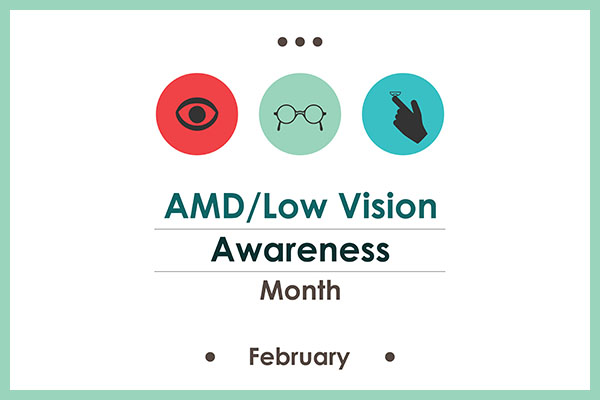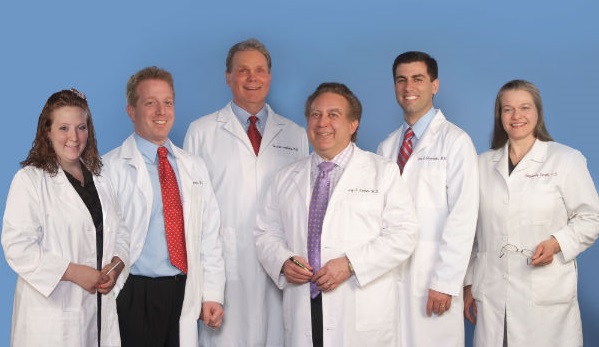News & Blog

5 Routine Eye Care Tips To Follow
On a health kick? Don’t forget your eyes! There are quite a few things you can do to keep your eyes in tip-top shape, no matter what age you are… read more

What Happens When You Have Glaucoma?
Have you or a loved one recently found out that you have glaucoma? If you have, you may have questions or concerns about your diagnosis. What does it mean to… read more

7 Tips For Your Best Cataract Surgery Recovery
So you found out that you have cataracts and you have made an appointment to have cataract surgery. Before any procedure, it’s important to be prepared and have a plan… read more

Could One Of These Treatments Be Right For Your Dry Eye?
Hello, and welcome to the beginning of allergy season! If you have allergies, you know the frustrations that come from them, including dry eyes. What you may not realize is… read more

Lets Talk About Age-Related Macular Degeneration
It’s February, a month known for being gray, dreary, and unpredictable in Berwyn. But besides that, did you know February is Age-Related Macular Degeneration Awareness month? It sounds like a… read more

Eye Doctors of Chester County a Proud Sponsor of the GIANT Main Line 5K
At Eye Doctors of Chester County, we are proud to support community initiatives throughout Pennsylvania and Chester County. This year, we are proud to uphold this commitment by sponsoring the… read more

Levin Luminais Chronister Eye Associates Prepares to Treat Glaucoma in Berwyn, PA
The month of January is recognized by the eye care community as Glaucoma Awareness Month and, as we close out January, our practice has put much thought into the importance… read more

A Big Announcement from Levin Luminais Chronister Eye Associates
Levin Luminais Chronister Eye Associates are excited to be opening our new office in Berwyn, Pennsylvania – now accepting new appointments! With the steady expansion and the continuing loyalty that patients have… read more

Back To School With Contact Lenses
It’s that time of year again, when children get their annual eye exams and head back to school. Many parents are unaware that children can wear contact lenses successfully and… read more

AAO 2016 Annual Meeting
Dr. Luminais attended in October the largest meeting of eye care professionals in the world in the greatest city in the world: the American Academy of Ophthalmology meeting this year… read more

Exciting Updates at Wills Eye Hospital
I was amazed walking into Wills Eye Hospital last week. The Cataract and Primary Eye Care service (CPEC) where I teach at Wills has been completely remodeled and re-outfitted with new equipment. My last… read more

Preventative Medicine: Myth, or Legend?
Just because modern medicine is becoming increasingly fantastic, doesn’t mean you should stop taking care of yourself. In fact, despite the constant advances in medical research, more and more doctors… read more




